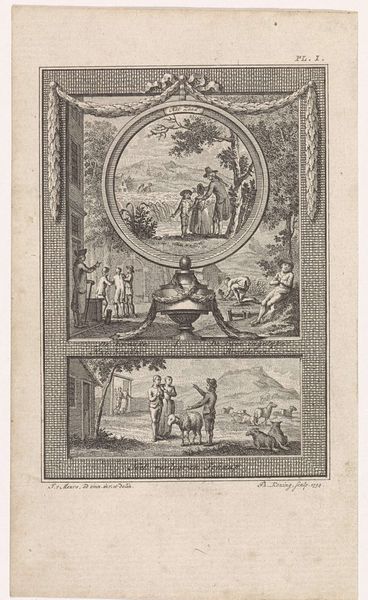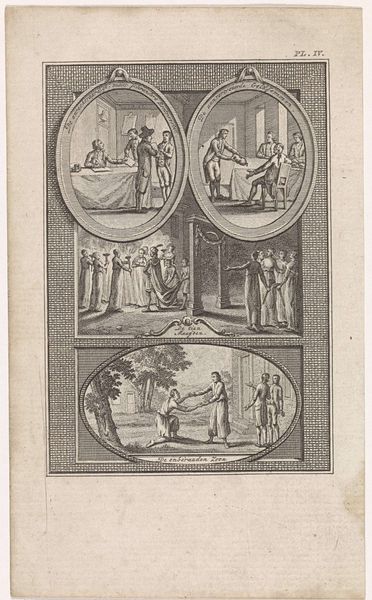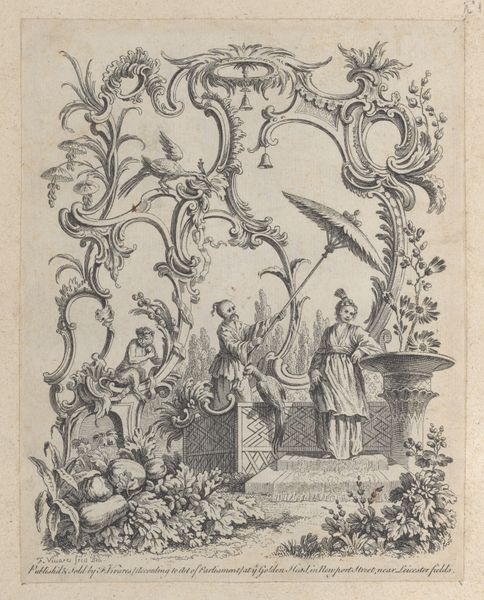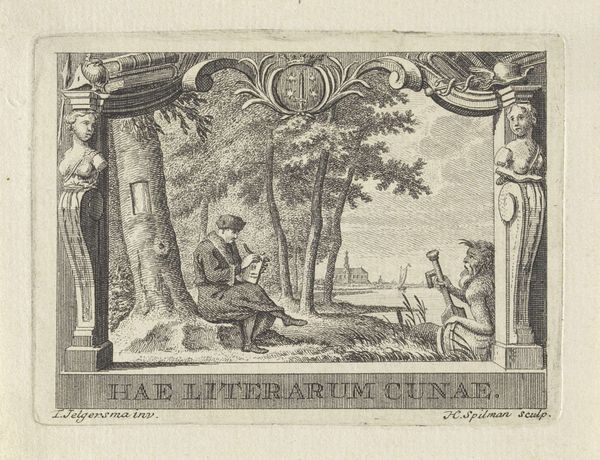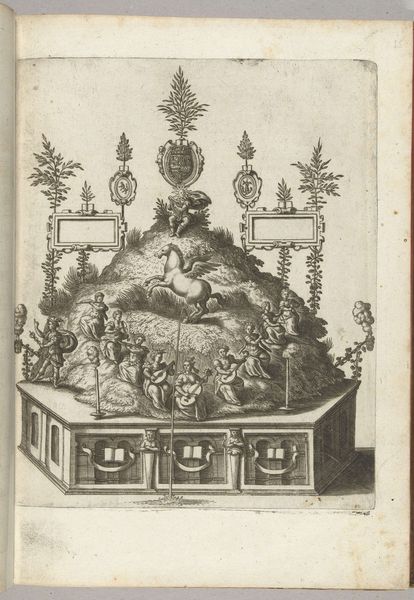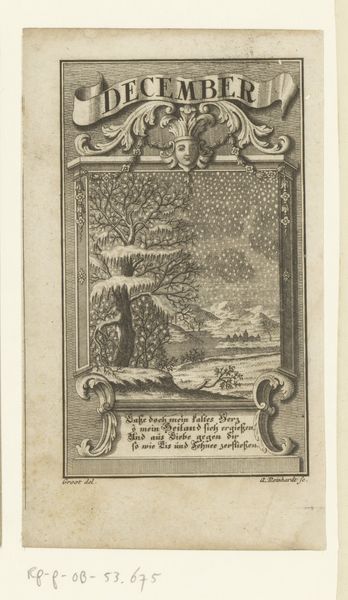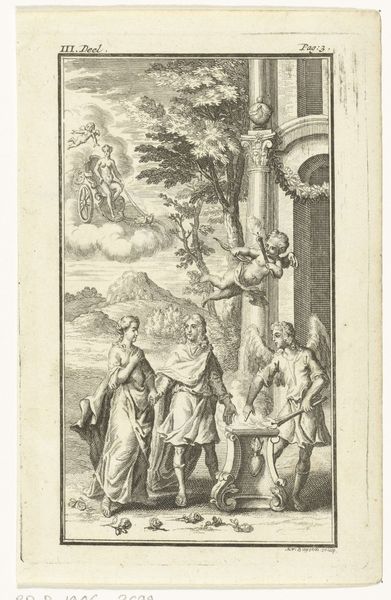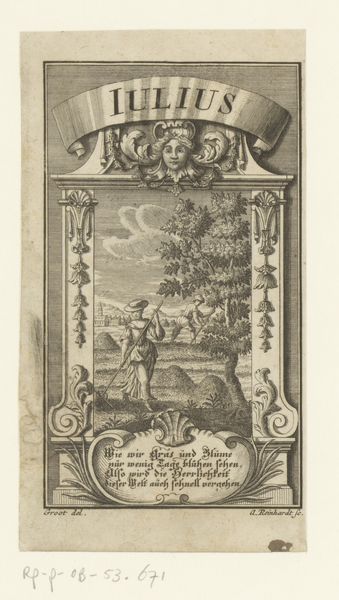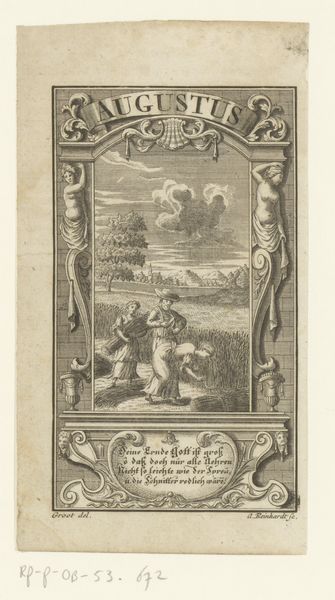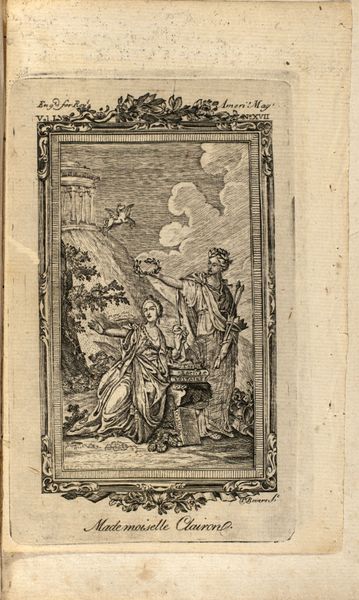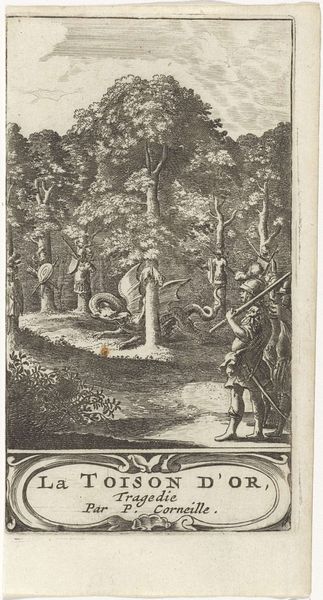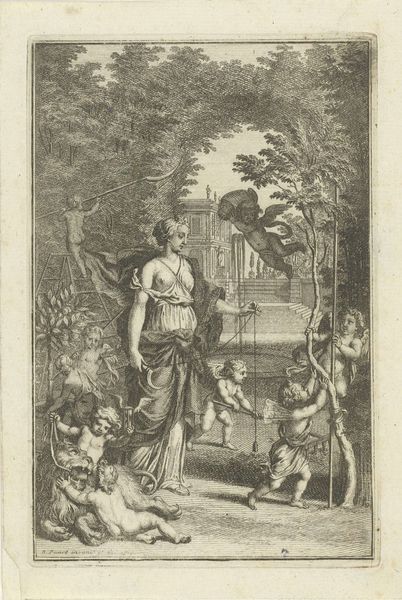
drawing, print, etching, paper, engraving
#
drawing
#
neoclacissism
#
narrative-art
# print
#
etching
#
landscape
#
figuration
#
paper
#
romanticism
#
line
#
genre-painting
#
history-painting
#
engraving
Dimensions: height 154 mm, width 93 mm
Copyright: Rijks Museum: Open Domain
Curator: Ah, isn’t this striking? We’re looking at "Four Biblical Scenes on a Sheet" by Theodoor Koning, dating back to 1794. It's a print; etching and engraving on paper to be exact, found here at the Rijksmuseum. Editor: Yes, striking in its miniature intricacy. Almost feels like peering into a dollhouse version of the Bible, doesn’t it? Curator: Precisely! Koning compartmentalizes narrative in a beautiful manner. See how the sheet is cleverly divided, using line and composition to convey the progression of each mini story, a true feat for a romanticism artwork. There’s so much narrative packed into each little vignette. Editor: The sheer density of work here! I’m drawn to the material choices, paper offering affordability and widespread access in disseminating these Biblical tales. Etching and engraving allowed for relatively easy reproduction; crucial for mass communication at the time. Curator: Absolutely, which in turn meant ideas could travel freely—that’s a truly radical part of its process. The way these lines bring the story to life makes it feels timeless! Each scene invokes its own mood, doesn’t it? Editor: I agree, and notice how those narratives speak to labour. The figures are forever caught in their acts: planting trees or judged, suggesting perhaps about predestination or social determinism—things being etched into a collective conscience of sorts through widespread distribution. Curator: A chilling perspective indeed; it speaks of inescapable truths! It also makes me wonder, what could we even gleam from that top scene—there is what seems to be the making of gallows while the group interacts below. I wonder if these figures are about to be sentenced, that same gallows awaiting their judgement in plain sight. Editor: The stark black lines emphasizing an omnipresent infrastructure to punish deviants and nonbelievers makes one think about society control during those years—maybe how cheap access through print making to these narratives was supposed to serve to the community back then, if not now! Curator: Yes! Thinking through such lens gives me shivers. The amount of detail that's gone into crafting it; one might overlook all these important societal factors at first, yet, the artist is offering a multi-layered perspective onto how narrative dictates beliefs, and actions! Editor: To really appreciate "Four Biblical Scenes on a Sheet," one needs to view it beyond artistic achievement, viewing also as document; offering insight into labour, faith and consumption of ideas during that time, right before another radical revolution. Curator: Right before a change was also etched for ever in time.
Comments
No comments
Be the first to comment and join the conversation on the ultimate creative platform.
